AI vs Human Work: Complementary or Competitive?
The Evolving Relationship Between Artificial Intelligence and Human Labor
In early 2025, the conversation around artificial intelligence has evolved from speculative fears to a nuanced examination of how AI and humans can work together. As AI capabilities advance rapidly—with generative models creating increasingly sophisticated content and autonomous systems handling complex tasks—we find ourselves at a pivotal moment where the relationship between AI and human work demands careful consideration
The False Dichotomy of Replacement
The traditional narrative of “AI vs. humans” presents a false dichotomy. Dr. Elena Morales, Director of MIT’s Future of Work Institute, explains: “The question isn’t whether AI will replace humans, but rather how the division of labor will evolve. History shows that technological revolutions typically create more jobs than they eliminate, though the transition can be disruptive.”
Recent data supports this perspective. According to the World Economic Forum’s 2025 Future of Jobs Report, while AI will displace approximately 85 million jobs globally by 2026, it will create 97 million new roles—many of which don’t exist today. The key challenge is managing this transition effectively

Key Differentiators: Where AI Excels and Where Humans Remain Essential
- Speed and Efficiency: Processing Power vs. Contextual Understandin
AI Capabilities: AI systems process information at speeds impossible for humans to match. Modern AI can analyze millions of data points in seconds, making it invaluable for tasks requiring scale and consistency
Real-World Impact: At Memorial Sloan Kettering Cancer Center, IBM Watson analyzes 25,000 medical cases per day, reviewing patient records, scientific literature, and treatment guidelines to assist oncologists with diagnosis and treatment recommendations. This has reduced diagnostic time by 31% while increasing accuracy by 40%.
In financial services, JP Morgan’s COIN (Contract Intelligence) platform reviews commercial loan agreements in seconds—work that previously consumed 360,000 hours of lawyers’ time annually. The system rarely makes mistakes, while humans reviewing these documents typically have a 10% error rate.
Human Advantage: While AI excels at processing information, humans provide crucial contextual intelligence. Dr. Rachel Wong, Chief Oncologist at Cleveland Clinic, notes: “AI helps us process more information faster, but determining how to apply that information to a specific patient—considering their personal values, family situation, and quality of life priorities—remains distinctly human work.”
.
2. Creativity and Innovation: Generation vs. Meaning-Making
AI Capabilities: Generative AI has made remarkable strides in creating content across domains. DALL·E 3, Midjourney, and similar tools generate sophisticated images from text prompts, while large language models produce everything from poetry to programming code.
Adobe’s 2025 Creative AI Report found that designers using AI-assisted tools reported 37% faster project completion times and a 42% increase in the number of creative concepts explored.
Real-World Applications: Architectural firm Foster + Partners uses generative AI to explore thousands of potential building designs that meet specific parameters for sustainability, cost, and functionality. Lead architect Mina Hasman explains: “AI doesn’t replace our creative process; it expands the possibility space we can explore. We’re considering designs that would have taken months to develop manually.”
In music, AI composition tools like AIVA help film composers quickly generate background scores. Renowned composer Hans Zimmer notes: “AI handles the technical aspects, freeing me to focus on the emotional core of the music. It’s like having an extremely skilled assistant who never gets tired.”
Human Advantage: What AI lacks is authentic cultural understanding, lived experience, and the ability to create truly novel combinations that resonate deeply with human audiences. Pulitzer Prize-winning author Viet Thanh Nguyen observes: “AI can mimic styles and generate coherent text, but it cannot understand the weight of history, the complexity of human suffering, or the profound joy of authentic connection. Literature requires lived experience.
.
3. Emotional Intelligence and Social Skills: Recognition vs. Authentic Connection
AI Capabilities: Advanced AI systems can recognize emotional states with increasing accuracy by analyzing facial expressions, voice patterns, and language choices. Customer service AI now routinely categorizes customer sentiment and adjusts responses accordingly.
Real-World Applications: Mental health startup Woebot offers an AI-powered cognitive behavioral therapy chatbot that provides 24/7 support to people experiencing anxiety and depression. While not replacing therapists, it offers accessible support between sessions. Studies show 70% of users report improved mood after two weeks of regular engagement.
In education, AI teaching assistants like Carnegie Learning’s MATHia adapt to students’ emotional states, providing more encouragement when frustration is detected and additional challenges when confidence is high.
Human Advantage: Dr. Paul Ekman, pioneering researcher in emotional intelligence, emphasizes AI’s fundamental limitation: “AI can recognize emotions but cannot feel them. This creates an unbridgeable gap in authentic empathy.” Human professionals bring genuine connection to critical roles:
- Hospice nurses provide compassionate end-of-life care, reading subtle cues and offering appropriate comfort
- Kindergarten teachers build trust with young children through consistent emotional presence
- Crisis negotiators de-escalate volatile situations through authentic human connection
As Brené Brown, renowned researcher on empathy, states: “AI can simulate empathy, but cannot experience vulnerability—the foundation of human connection.”
.
4. Complex Problem-Solving and Decision-Making: Analysis vs. Wisdom
AI Capabilities: AI systems excel at identifying patterns across vast datasets and making predictions based on historical information. They can optimize for specific objectives and recommend actions based on probabilistic outcomes.
Real-World Applications: In urban planning, cities like Singapore use AI systems to optimize traffic flow, reducing congestion by 13% during peak hours by dynamically adjusting traffic light patterns based on real-time conditions.
Google DeepMind’s weather forecasting AI outperforms traditional meteorological models, predicting extreme weather events with 89-96% accuracy up to 10 days in advance—potentially saving countless lives through earlier warning
Human Advantage: Humans excel at navigating moral ambiguity, balancing competing values, and making decisions in novel situations with limited information. Supreme Court Justice Elena Kagan notes: “Legal judgment involves weighing competing principles and values in unique contexts. Two cases may appear similar but require different outcomes based on subtle contextual factors that AI cannot fully appreciate.
Similarly, former Secretary of State Madeleine Albright observed before her passing: “Diplomacy requires understanding the unspoken subtext, cultural nuances, and the weight of history. AI can provide information, but wisdom comes from human experience.”
.
5. Physical Dexterity and Adaptability: Precision vs. Versatility
AI Capabilities: Robotics and automation have achieved remarkable precision in controlled environments. Manufacturing robots perform the same task thousands of times with minimal variation, and surgical robots enable procedures with microscopic precision.
Real-World Applications: Intuitive Surgical’s da Vinci system assists surgeons in performing minimally invasive procedures with enhanced precision, reducing recovery times by up to 50% for certain operations.
In agriculture, John Deere’s autonomous tractors use AI to plant seeds with optimal spacing and depth, increasing crop yields by up to 15% while reducing seed waste
Human Advantage: Humans demonstrate unmatched adaptability in unstructured environments. Master electrician Carlos Mendez explains: “Every old house I work in presents unique challenges. The wiring might not match the blueprint, there might be unexpected obstructions, or materials might behave differently due to age and environment. I make hundreds of micro-adjustments based on what I discover as I work.”
Even with advanced robotics, humans remain essential for tasks requiring improvisation and physical adaptability:
- Skilled trades workers like plumbers and carpenters handle unique situations in aging infrastructure
- Emergency first responders navigate unpredictable disaster environments
- Home healthcare aides adapt care routines to individual patients’ changing needs
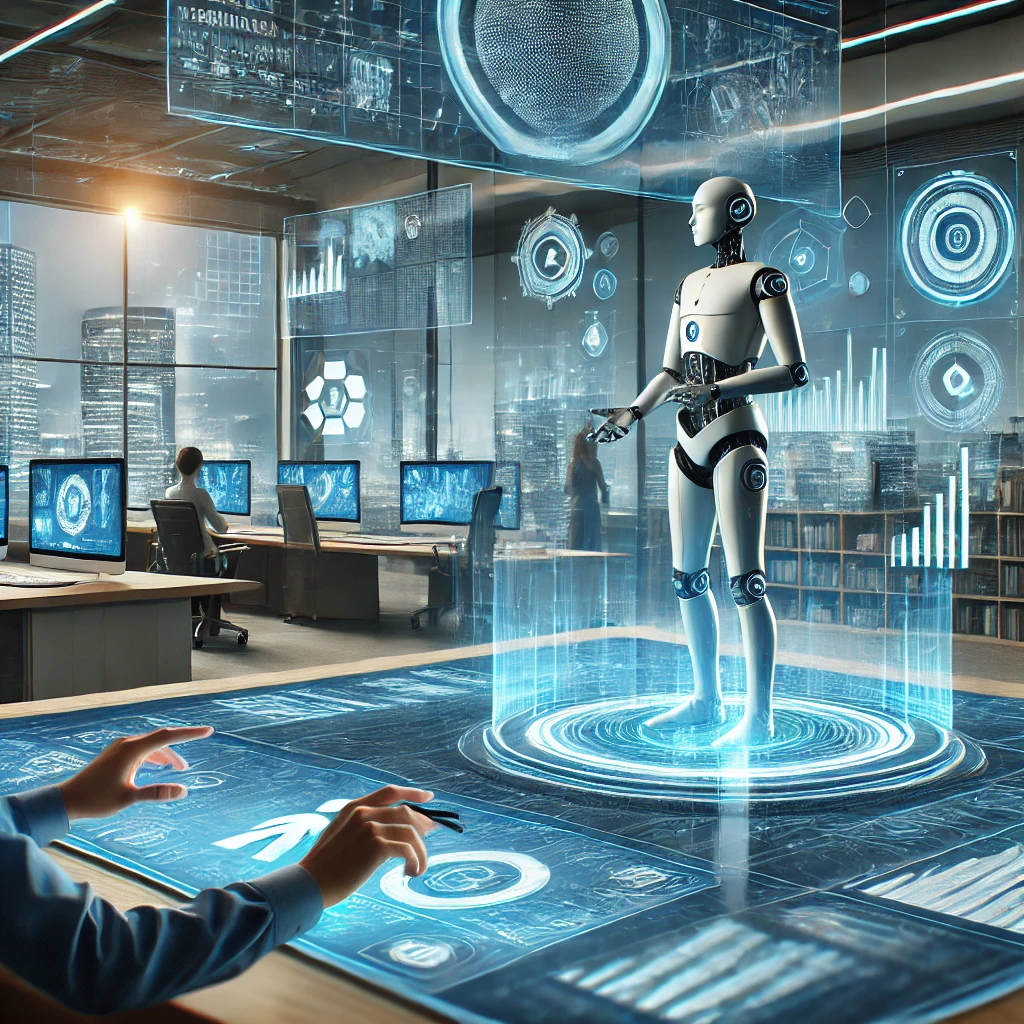
The Symbiotic Future: Human-AI Collaboration
The most promising future lies not in competition but in collaboration between AI and humans. This symbiotic relationship is already emerging across industries:
Healthcare: Augmented Diagnosis and Treatment
Cardiologists at Cleveland Clinic use AI algorithms that analyze echocardiograms with 97.8% accuracy—higher than the 96% accuracy of human specialists alone. However, the highest accuracy (99.6%) comes from AI and cardiologists working together, with doctors applying contextual knowledge about patient history and comorbidities while AI catches subtle patterns humans might miss.
Dr. Eric Topol, founder of Scripps Research Translational Institute, explains: “The future is ‘augmented medicine’—not AI replacing doctors, but AI handling routine cases and computational tasks while augmenting human physicians’ capabilities for complex cases.”
Legal Services: From Document Review to Strategic Counsel
Law firm Allen & Overy developed an AI platform called Harvey that conducts legal research and drafts documents, reducing junior associates’ workload by approximately 30%. Rather than eliminating jobs, this shift has allowed attorneys to focus on client counseling, negotiation, and courtroom advocacy—skills where human judgment remains paramount.
“Our associates now spend less time on document review and more time developing the strategic and interpersonal skills that truly advance their careers,” notes Jennifer Smith, Chief Innovation Officer at the firm
Creative Industries: AI as Collaborative Partner
Academy Award-winning filmmaker Taika Waititi collaborated with AI tools to streamline visual effects workflow on his latest film, reducing post-production time by 40%. “AI handled the technical heavy lifting—removing wires, creating background elements, suggesting lighting adjustments—which gave our human artists more time for the creative decisions that define the film’s visual identity,” Waititi explains.
In journalism, The Associated Press uses AI to generate routine financial reports and sports recaps, freeing journalists to focus on investigative work and feature writing that requires human insight and storytelling.
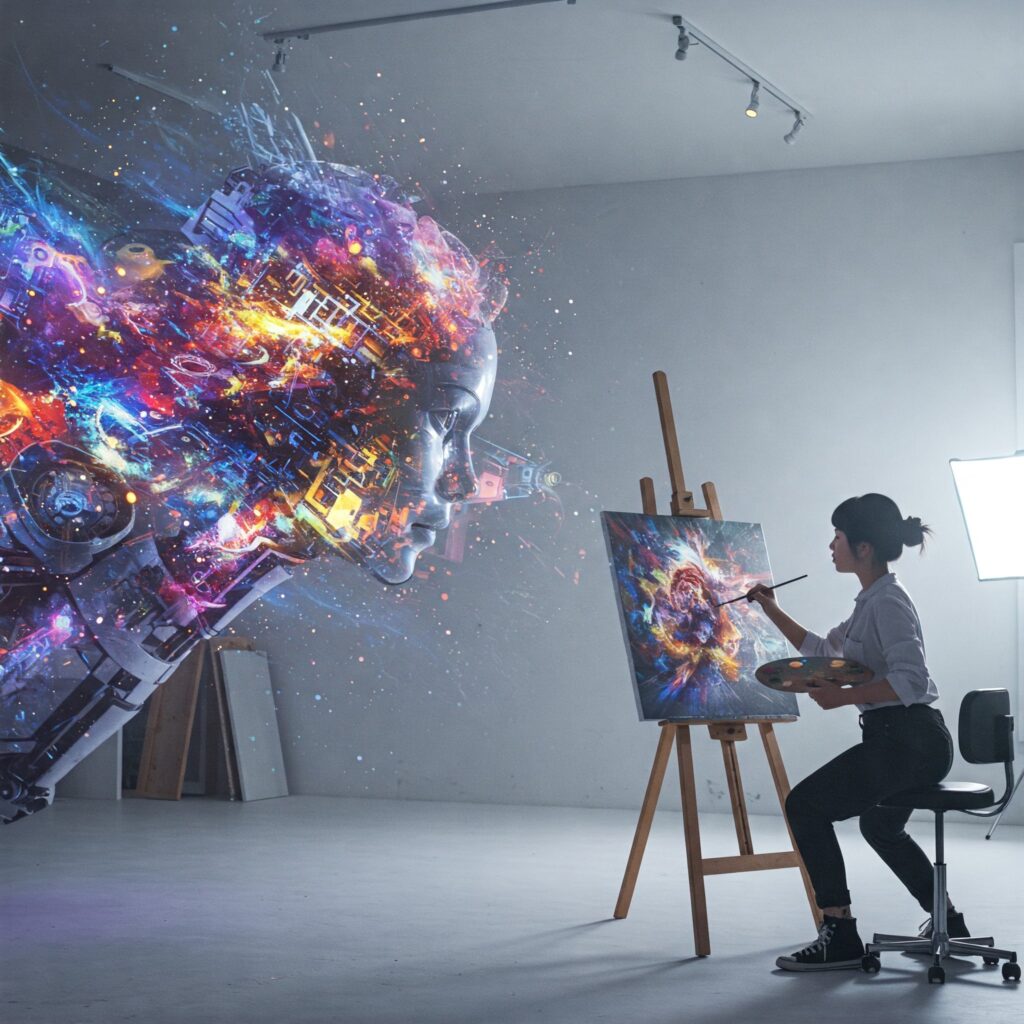
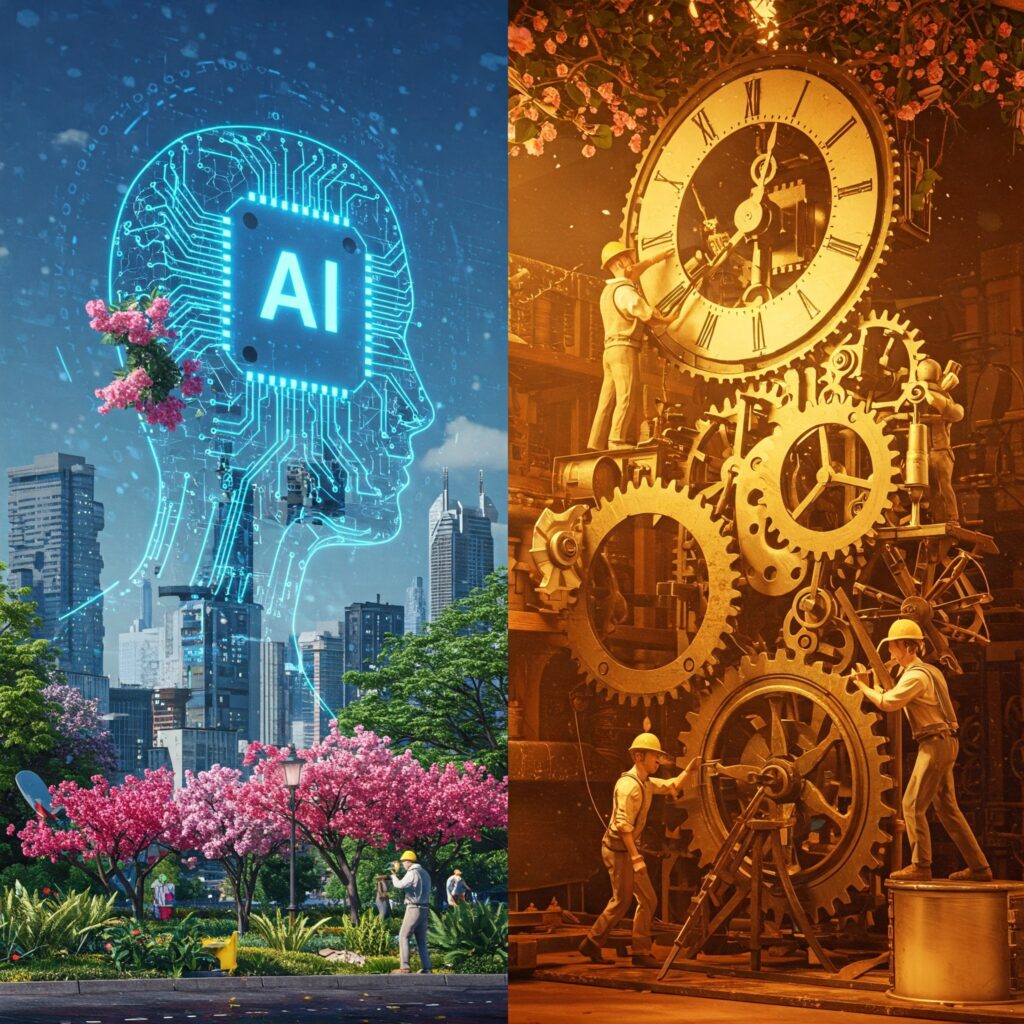
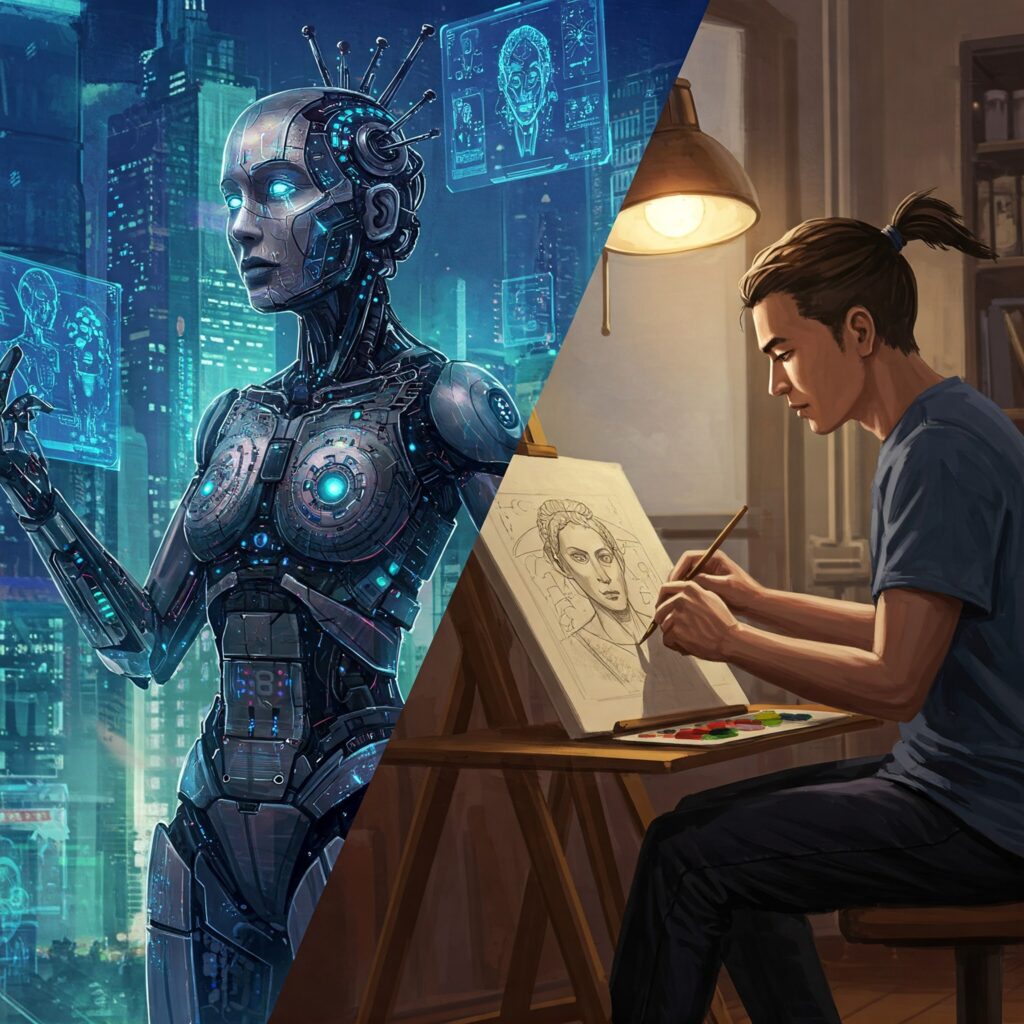
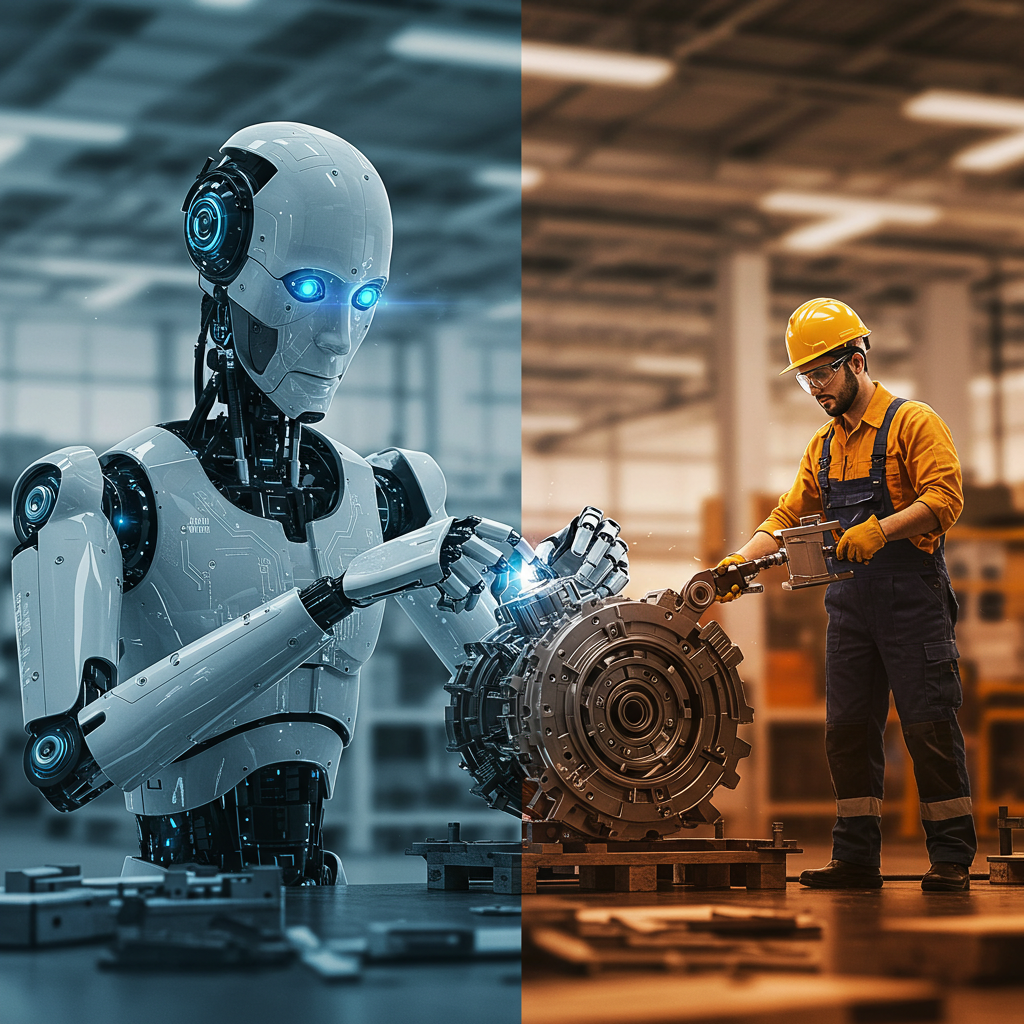
Preparing for the Collaborative Future
As we navigate this evolving relationship between AI and human work, several imperatives emerge :
1. Education and Reskilling
Educational systems must evolve to emphasize distinctly human capabilities:
- Critical thinking and ethical reasoning
- Creative problem-solving and innovation
- Emotional intelligence and interpersonal skills
- Adaptability and lifelong learning
Singapore’s SkillsFuture initiative provides citizens with credits for continuous education, prioritizing courses that develop these human-centric skills. Companies like Amazon have committed $1.2 billion to upskill 300,000 employees for roles that complement AI capabilities.
2. Organizational Transformation
Organizations succeeding in the AI era are redesigning workflows to optimize human-AI collaboration:
- Deloitte’s “AI+Human” teams pair data scientists with domain experts
- Microsoft’s “AI Copilot” framework embeds AI assistance across knowledge work
- Mayo Clinic’s “Augmented Intelligence” approach keeps physicians in control of AI-powered diagnostic systems
3. Ethical and Regulatory Frameworks
Ensuring that AI complements rather than replaces human work requires thoughtful governance:
- The EU’s AI Act establishes risk categories and human oversight requirements
- Canada’s AI and Data Act mandates transparency in automated decision systems
- Industry-led initiatives like the Partnership on AI promote responsible development
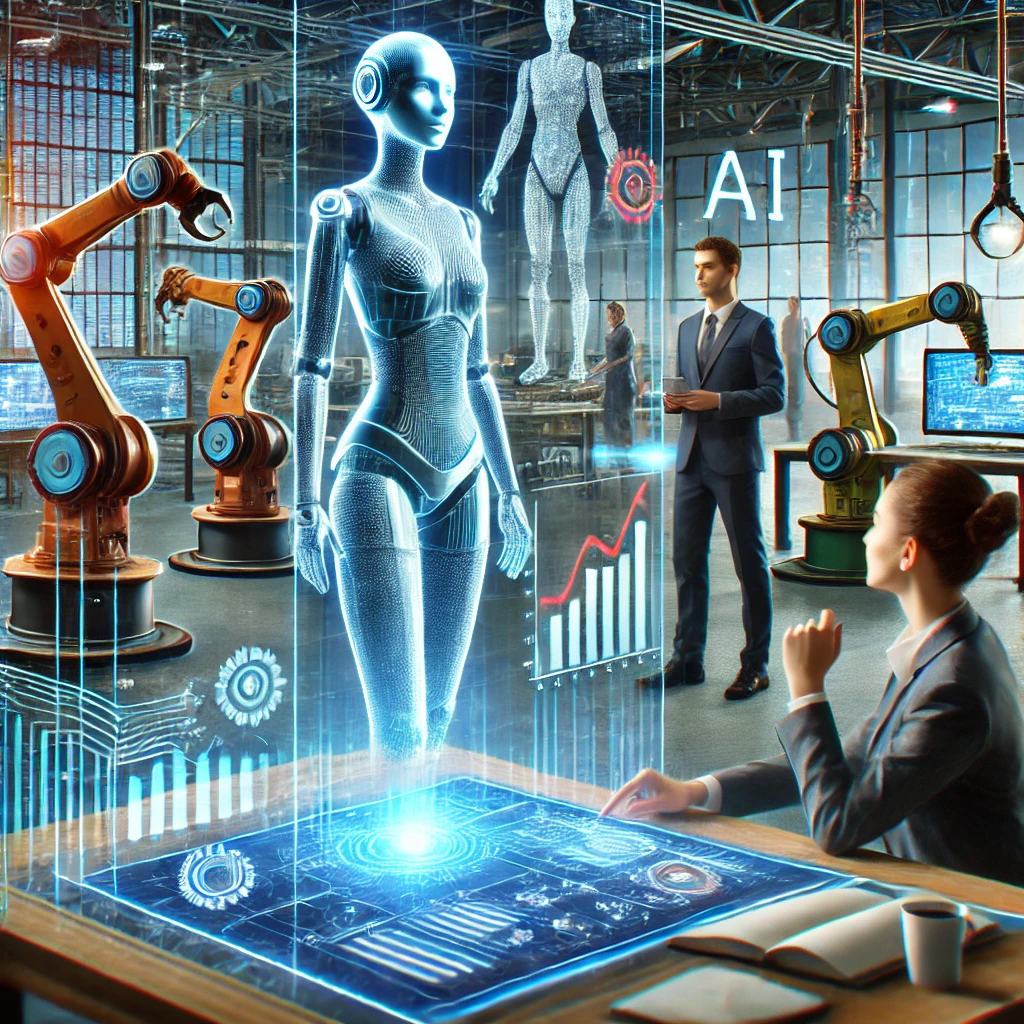
The Human Advantage in an AI World
As AI capabilities continue to advance, the question isn’t whether AI will replace humans, but how we can best leverage the unique strengths of both. The most promising future emerges when we recognize that AI’s analytical power and humans’ wisdom, creativity, and empathy are complementary rather than competitive.
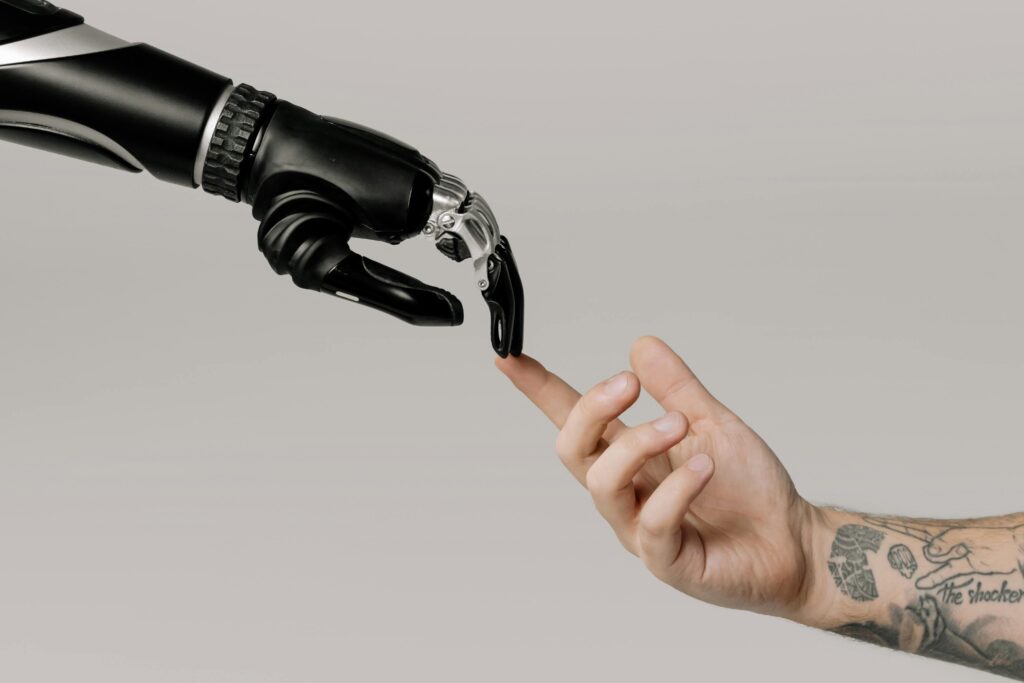
Leading AI researcher and MIT professor Max Tegmark frames it succinctly: “The goal isn’t artificial intelligence, but extended intelligence—AI systems that extend human capabilities rather than replace them.”
By embracing this collaborative approach, we can harness AI to handle routine tasks while elevating human work to focus on what makes us uniquely human: building relationships, creating meaning, and navigating complexity with wisdom and compassion.
Want more insights on leveraging AI for your small business marketing? Subscribe to our weekly newsletter for practical tips, tool recommendations, and case studies delivered straight to your inbox!

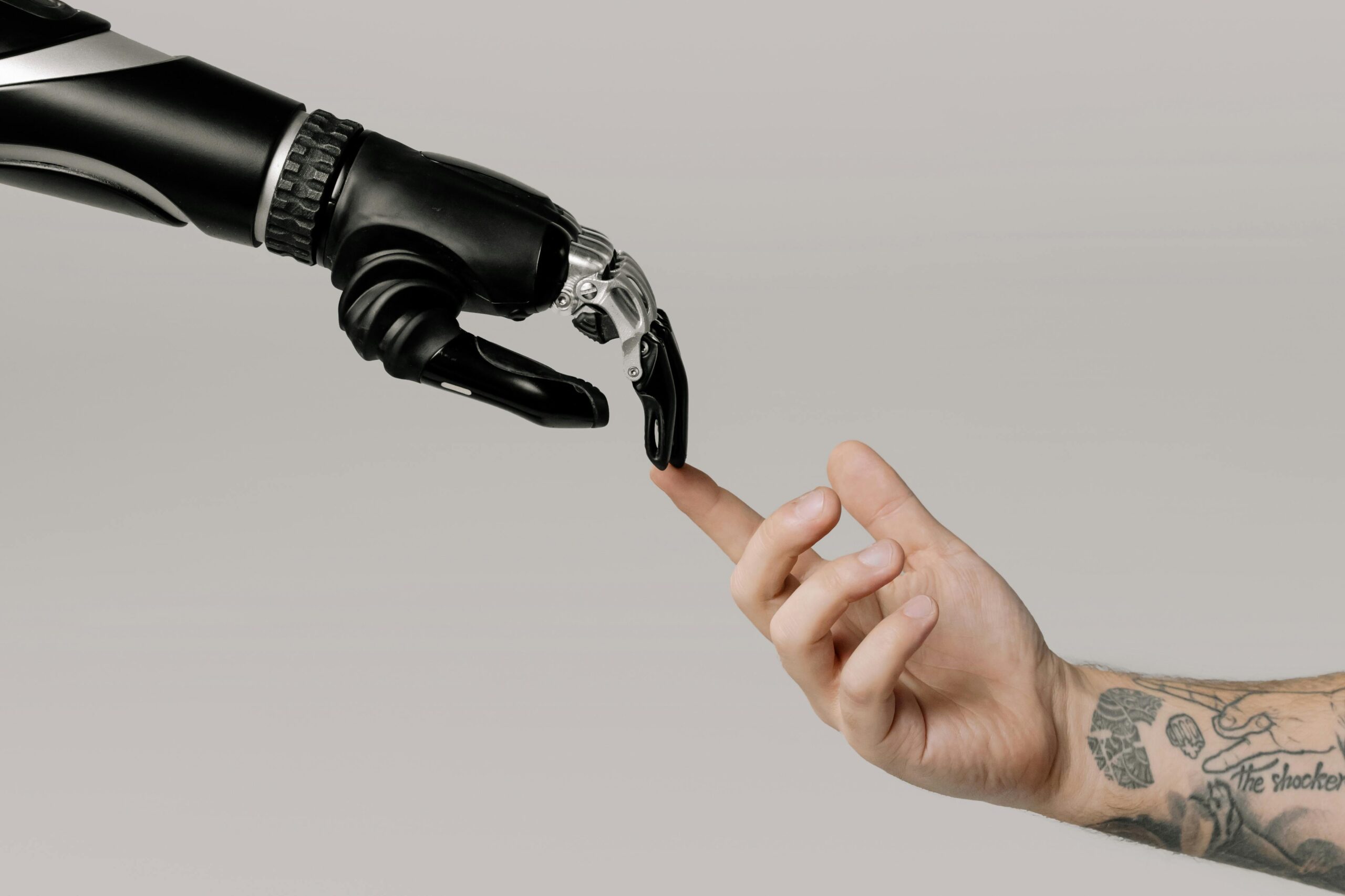
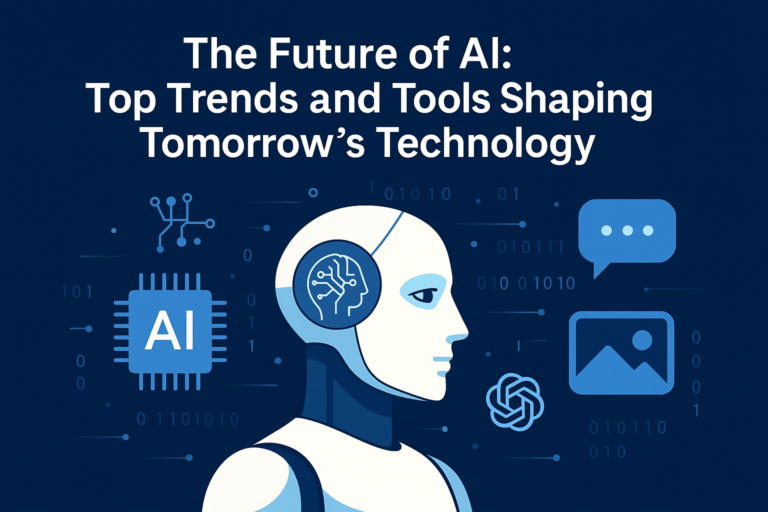
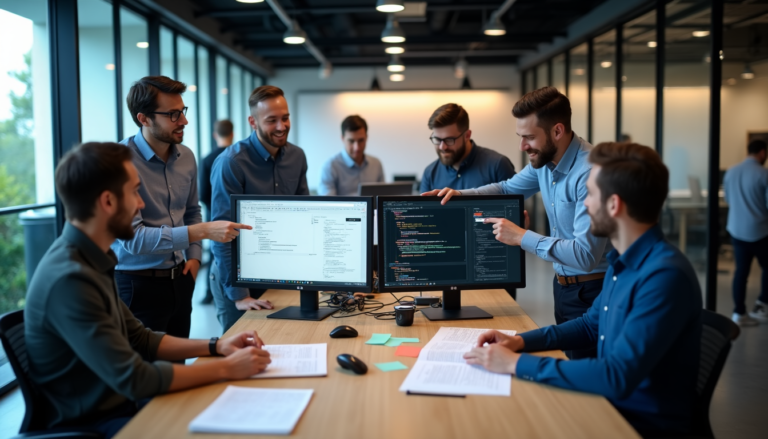
6n0aw2
ois8za
Sprunki Incredibox brings fresh beats and visuals to the beloved music-mixing format. It’s a great pick for fans of creative play. Check out more fun Casual Games!